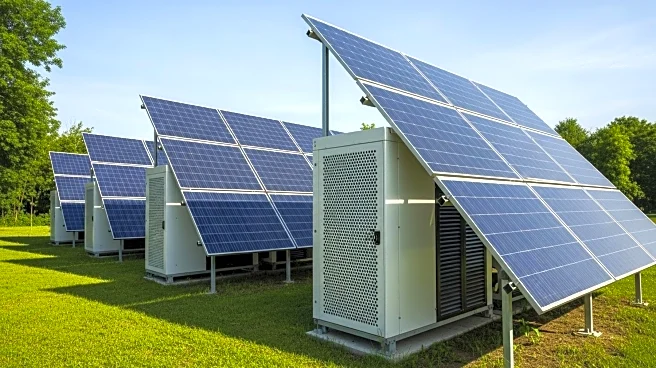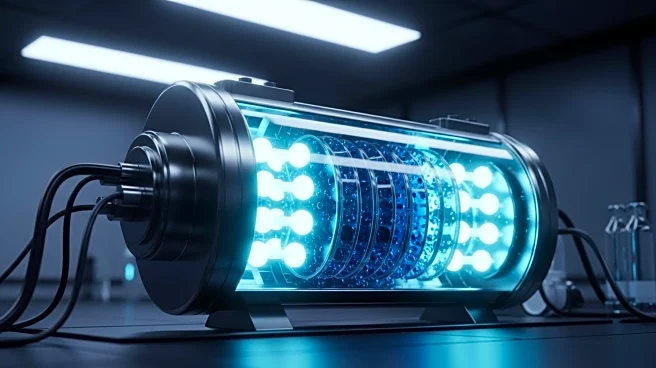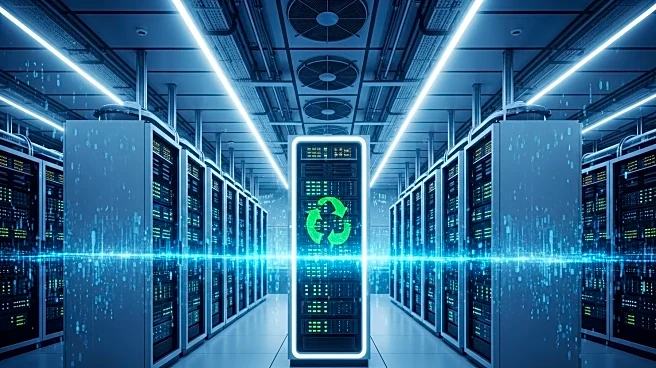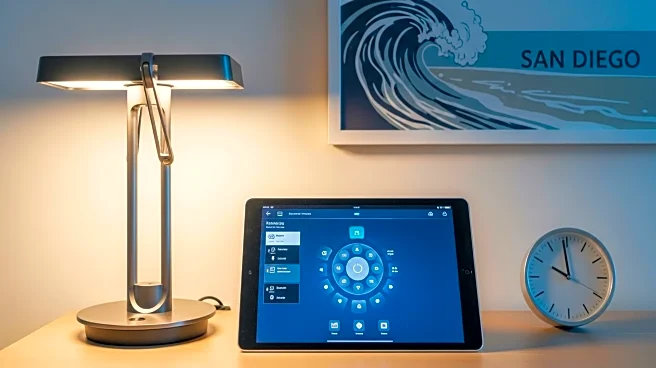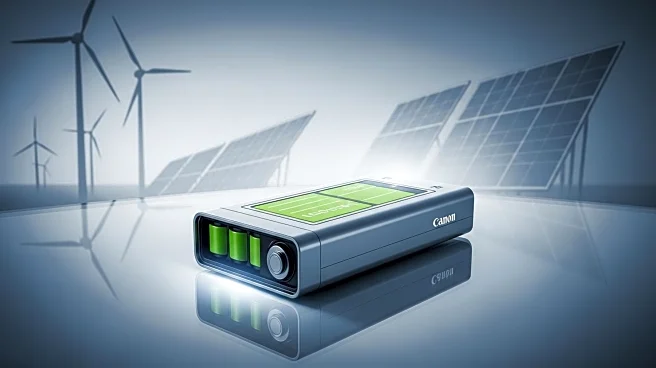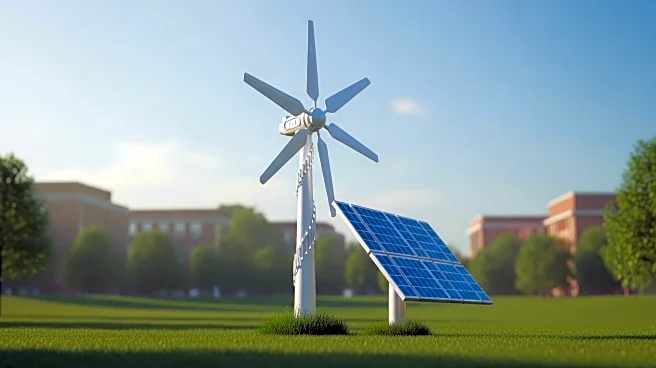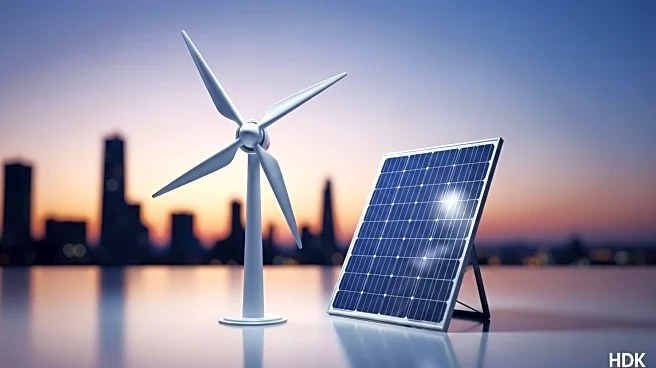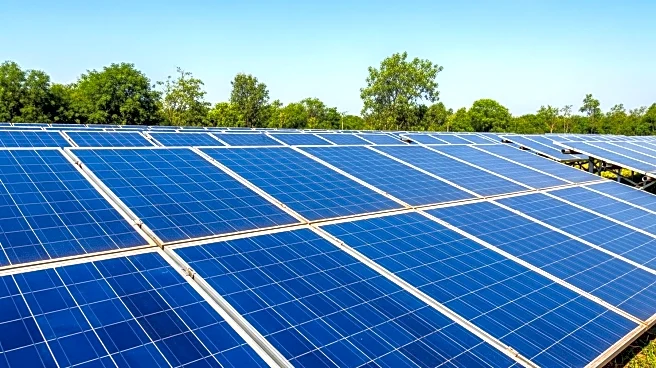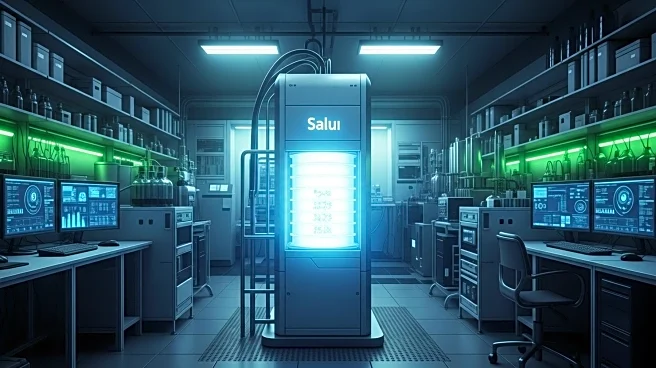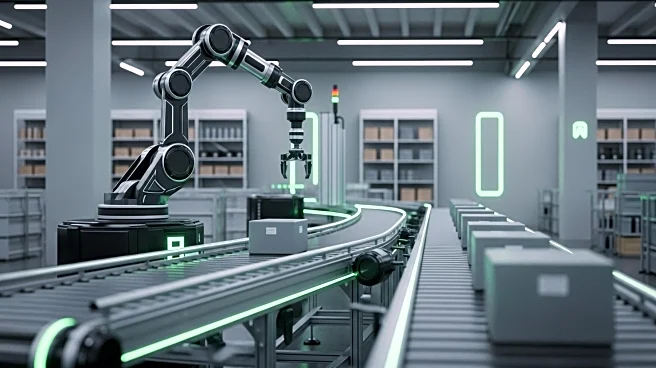What's Happening?
Universities are increasingly adopting microgrids to manage energy demands, particularly as artificial intelligence (AI) applications grow. Microgrids are small, self-sustaining electrical systems that can operate independently of the main grid, providing reliable power during outages. Mahmoud Kabalan, associate professor at the University of St. Thomas, highlights their ability to seamlessly integrate with the main grid. These systems support energy generation through solar and wind, promoting sustainability. As AI intensifies energy needs for data processing and cooling, microgrids offer a solution for universities to become more energy-independent and environmentally friendly.
Why It's Important?
The integration of microgrids in universities is crucial as AI technologies increase energy consumption. By adopting microgrids, universities can ensure uninterrupted power supply, crucial for research and educational activities reliant on AI. This shift supports sustainability goals by reducing dependence on traditional utilities and leveraging renewable energy sources. The move towards microgrids reflects a broader trend in higher education to enhance energy efficiency and resilience, potentially setting a precedent for other sectors facing similar challenges.
What's Next?
As universities continue to implement microgrids, there may be increased investment in renewable energy infrastructure on campuses. This could lead to collaborations with energy companies and technology providers to develop more advanced microgrid solutions. The success of these systems in higher education might encourage other institutions and industries to explore microgrid technology for energy management. Additionally, policy changes supporting renewable energy and microgrid adoption could emerge, further driving innovation and sustainability in energy practices.


